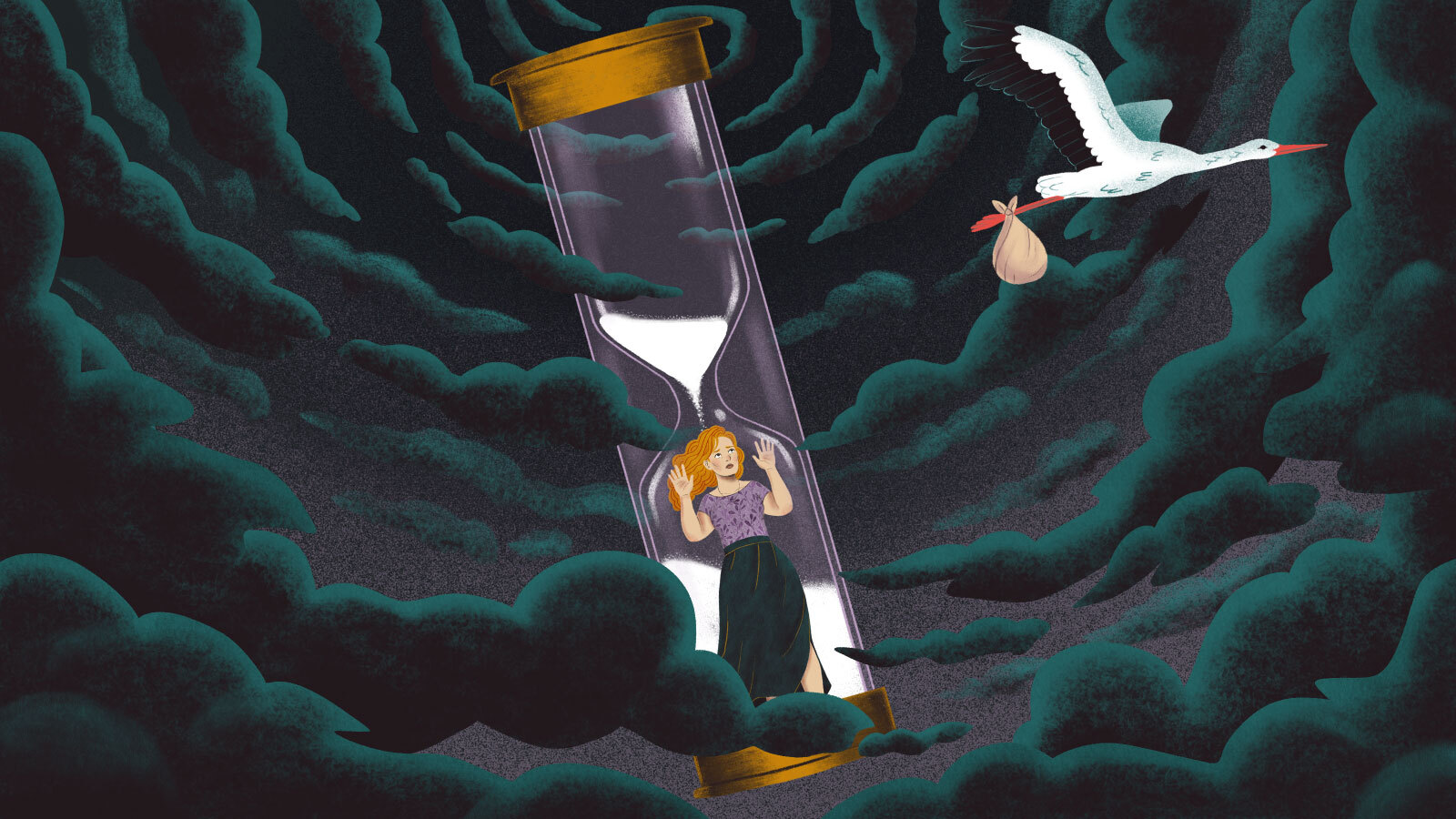Four lost pregnancies. Five weeks of IVF injections. One storm.

🌈 Abstract
The article explores how climate change, particularly the increasing intensity and frequency of hurricanes, is impacting the fertility treatment process, specifically in-vitro fertilization (IVF). It highlights the challenges faced by IVF clinics and patients in coastal regions of the United States, where hurricanes are becoming more severe.
🙋 Q&A
[01] Kirsti and Justin's Fertility Journey
1. What were the key events in Kirsti and Justin's fertility journey?
- Kirsti and Justin met in 2016 and immediately wanted to have children.
- They got married in 2018 and started trying for a baby, but Kirsti had multiple early miscarriages.
- After two years of unsuccessful attempts, they were told Kirsti's egg quality was that of a 40-year-old, and IVF was their best option.
- They drained their savings and took out loans to pay for IVF, which cost them between $25,000 and $30,000.
2. How did Hurricane Ian impact their IVF process?
- Kirsti's embryo transfer was scheduled for shortly after Hurricane Ian made landfall in Florida.
- The clinic had to cancel Kirsti's transfer due to the storm, forcing them to restart the entire IVF cycle, which meant more time, money, and emotional distress.
- Kirsti had to redo the hormone injections and wait several more months before she could complete the embryo transfer.
[02] Impact of Climate Change on IVF Clinics
1. How are IVF clinics being impacted by climate change and intensifying hurricanes?
- IVF clinics are vulnerable to the effects of hurricanes, as they rely on precise timing and delicate procedures that can be disrupted by power outages, flooding, and clinic closures.
- During Hurricane Ida in 2021, the Audubon Fertility Center in New Orleans had to cancel and delay several IVF cycles due to the rapid intensification of the storm.
- Clinics may lose embryos if backup power generators fail during power outages, and they face challenges rescheduling patients whose cycles are disrupted.
2. What recommendations are being made to help IVF clinics prepare for climate change impacts?
- The American Society of Reproductive Medicine has called for IVF clinics to develop more resilient emergency plans and better coordination with other regional clinics to transfer patients during disasters.
- Clinics are also being encouraged to review their protocols to ensure they can quickly make decisions to salvage embryos and cycles when storms threaten.
[03] Broader Implications of Climate Change on IVF
1. How does climate change impact access to IVF?
- IVF is already an expensive treatment, costing $12,400 on average per cycle, and the additional costs from disruptions caused by climate change can further limit access.
- The demographic of IVF patients is already skewed towards higher-income, white individuals, and climate-related barriers could exacerbate this access gap.
2. What are the legal and regulatory challenges facing IVF clinics in the context of climate change?
- In Alabama, a court ruling that embryos should be considered "children" for the purposes of wrongful death lawsuits has created legal uncertainty for IVF clinics, especially if embryos are lost due to power outages or other climate-related issues.
- This ruling and new laws in Alabama providing some immunity protections for IVF clinics could impact how they respond to climate-related disasters.